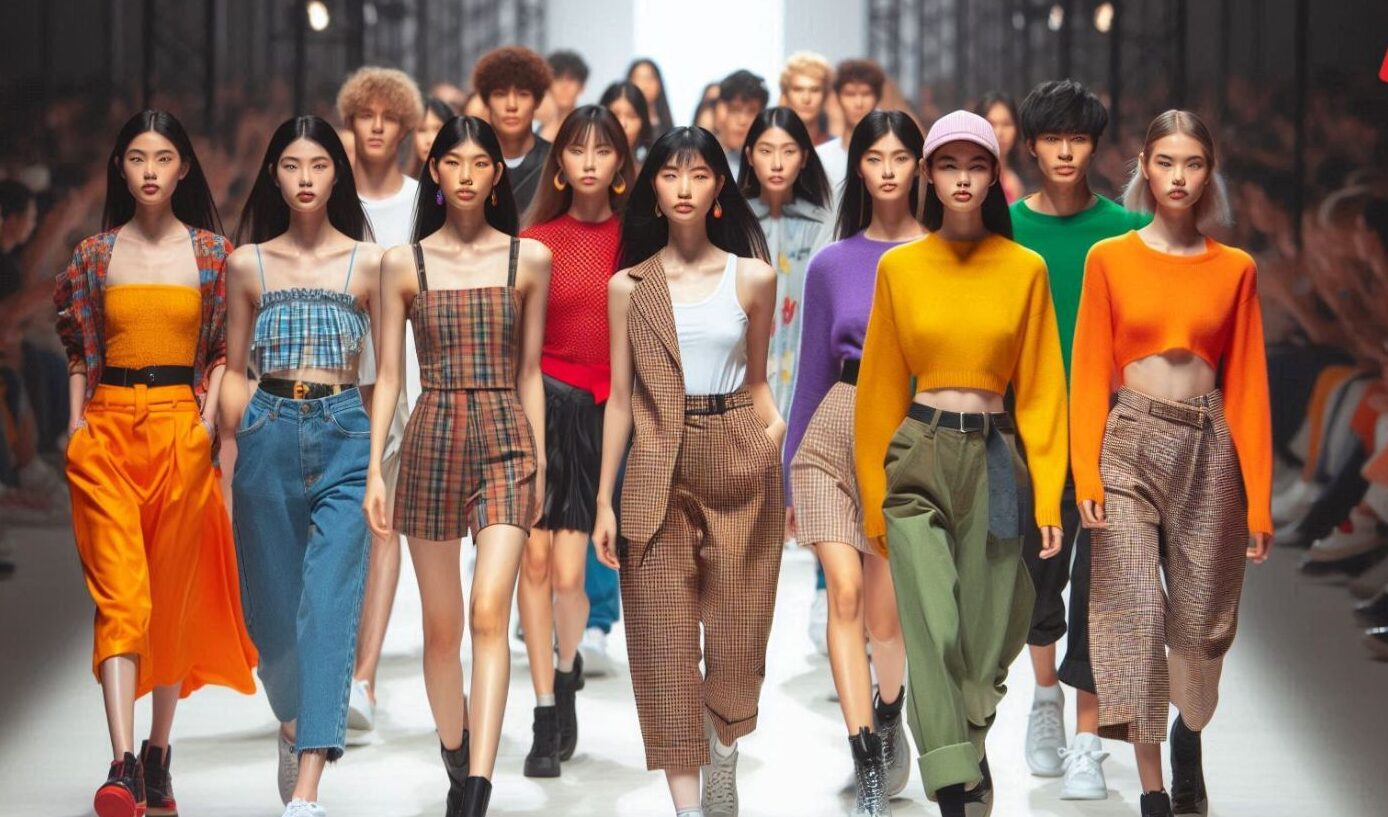
Fashion’s Role in Climate-Conscious Consumerism
Fashion has always been about self-expression—about how we present ourselves to the world. But today, it’s also about something bigger: how our choices impact the planet. As climate change becomes one of the most pressing issues of our time, fashion is being forced to confront its environmental footprint. From production methods to consumer habits, the industry’s shift toward climate-conscious consumerism is reshaping what it means to be stylish.
The Hidden Cost of Fashion
Behind every new dress, shoe, or handbag lies a complex production chain that consumes vast amounts of water, energy, and resources. The fashion industry accounts for nearly 10% of global carbon emissions, and textile dyeing alone is a major source of water pollution. Fast fashion—characterized by cheap, quickly produced clothing—has amplified the problem by encouraging overconsumption and waste.

The reality is that most of the clothes we buy today won’t last more than a few wears before ending up in landfills. Synthetic fabrics, such as polyester, also release microplastics into the oceans with every wash. This cycle of rapid production and disposal is unsustainable—not just for the planet, but for the future of fashion itself.
The Rise of Climate-Conscious Consumers
Fortunately, a growing number of consumers are rethinking their relationship with fashion. Climate-conscious consumerism isn’t about rejecting style—it’s about redefining it. Today’s shoppers are more informed than ever, asking questions about where their clothes come from, who made them, and what materials were used.
Social media has played a powerful role in this shift. Platforms like Instagram and TikTok are no longer just showcases for the latest trends—they’ve become educational spaces where sustainability influencers share insights on ethical brands, slow fashion, and mindful consumption. This awareness is driving real change: more people are choosing to invest in fewer, higher-quality pieces rather than chasing disposable trends.
Brands Stepping Up
Fashion brands are responding to this consumer evolution by embracing sustainability as part of their identity. Major labels and independent designers alike are experimenting with eco-friendly materials, circular production models, and carbon-neutral initiatives.
- Material innovation: Brands are turning to organic cotton, hemp, and recycled polyester, as well as new materials like mushroom leather and fabrics made from agricultural waste.
- Circular fashion: Companies like Patagonia, Levi’s, and Stella McCartney are encouraging repairs, resales, and recycling to extend product lifecycles.
- Transparency: Many labels now provide details about their supply chains and sustainability efforts, allowing shoppers to make informed decisions.
Even fast-fashion retailers are under pressure to adopt greener practices, though the real challenge lies in balancing sustainability with affordability and scale.
The Power of Individual Choice
While big brands play a crucial role, change also begins with consumers. Every purchase we make sends a message about the kind of world we want to live in. Embracing a climate-conscious approach to fashion can start with small, mindful steps:
- Buy less, choose better. Focus on quality over quantity. Invest in timeless, well-made pieces that last.
- Shop secondhand or vintage. Give pre-loved clothes a new life while reducing waste.
- Support sustainable brands. Look for certifications like Fair Trade, GOTS (Global Organic Textile Standard), or B Corp when shopping.
- Care for your clothes. Proper washing, repairing, and storing extend the lifespan of garments.
- Rent or swap. For special occasions, clothing rental platforms are a great way to stay stylish without constant buying.
Individual actions may seem small, but when multiplied by millions of consumers, they create powerful collective impact.
Rethinking What “Fashionable” Means

Climate-conscious fashion is changing our cultural definition of style. It’s no longer about owning the latest designer bag or chasing every seasonal trend—it’s about making thoughtful choices that align with personal values. Being fashionable now includes being informed, ethical, and environmentally aware.
In many ways, sustainability has become the new luxury. There’s something deeply empowering about wearing clothes that reflect not only your aesthetic but also your commitment to a healthier planet.
Final Thoughts
Fashion’s role in climate-conscious consumerism goes far beyond fabrics and design—it’s a reflection of our evolving relationship with consumption, identity, and responsibility. As the industry reimagines itself, we too are being called to rethink what we value in the clothes we wear.
By choosing sustainability, we’re not just reducing our carbon footprint—we’re redefining what it means to look good and do good at the same time. Because true style isn’t just about how you look; it’s about the impact you make.








